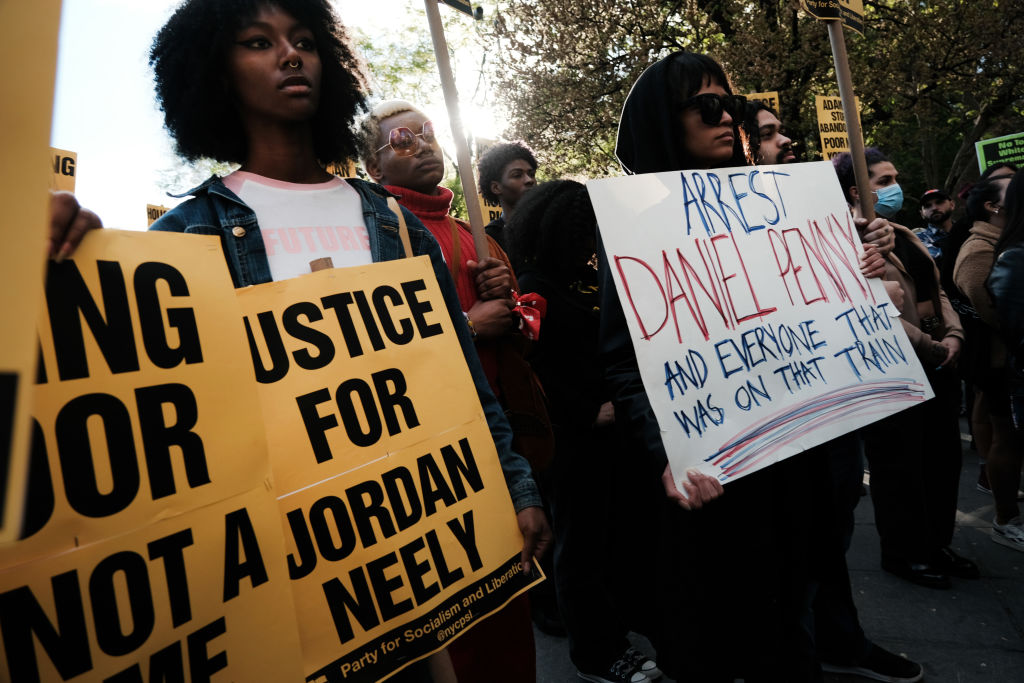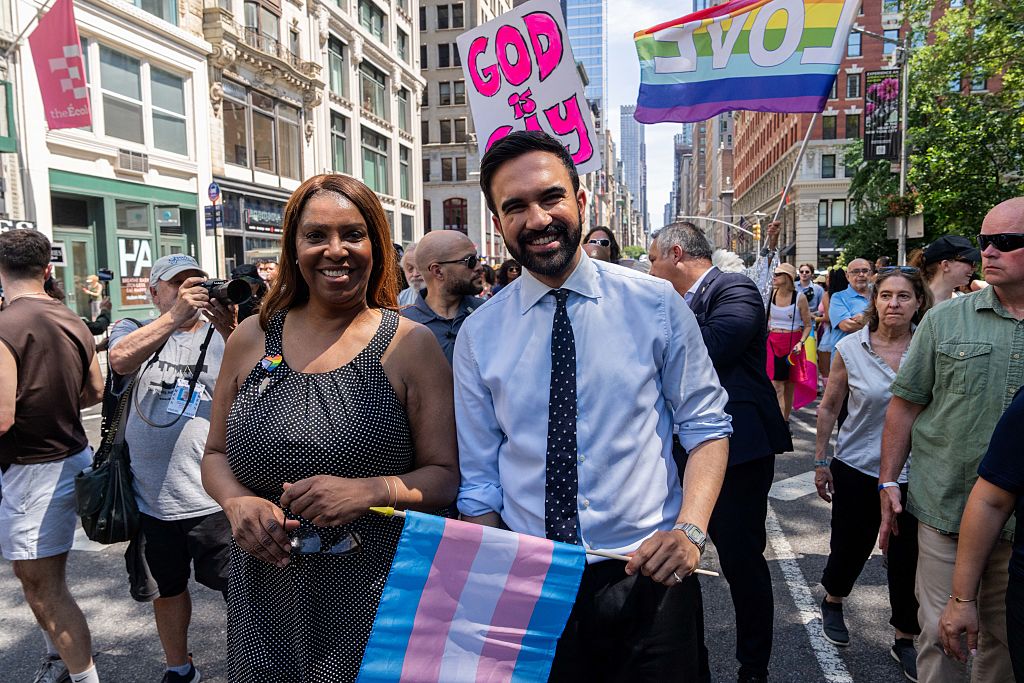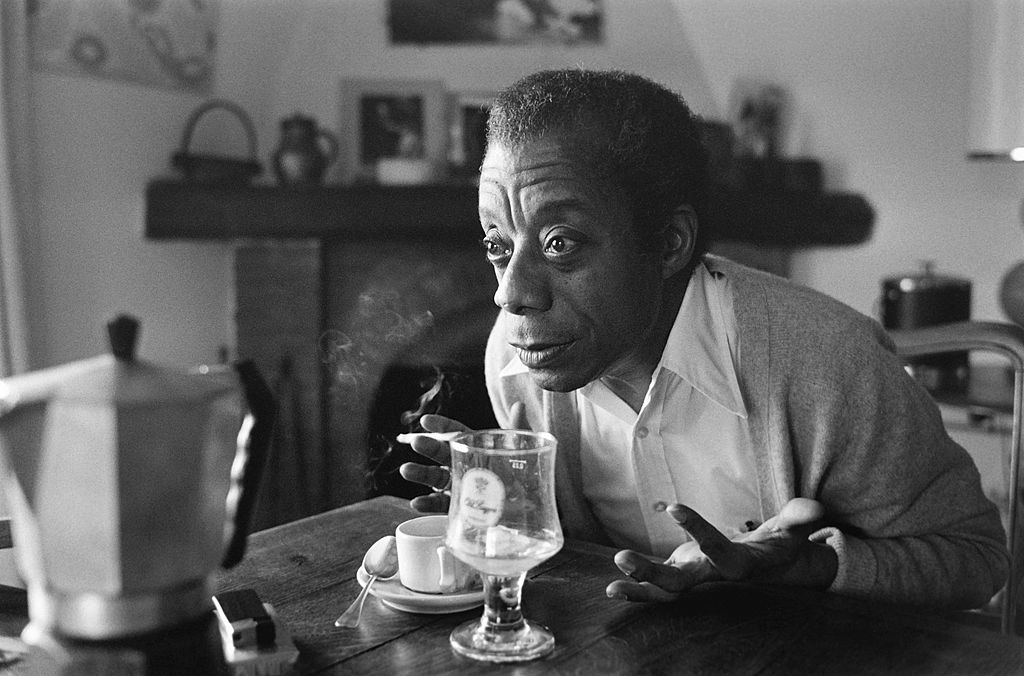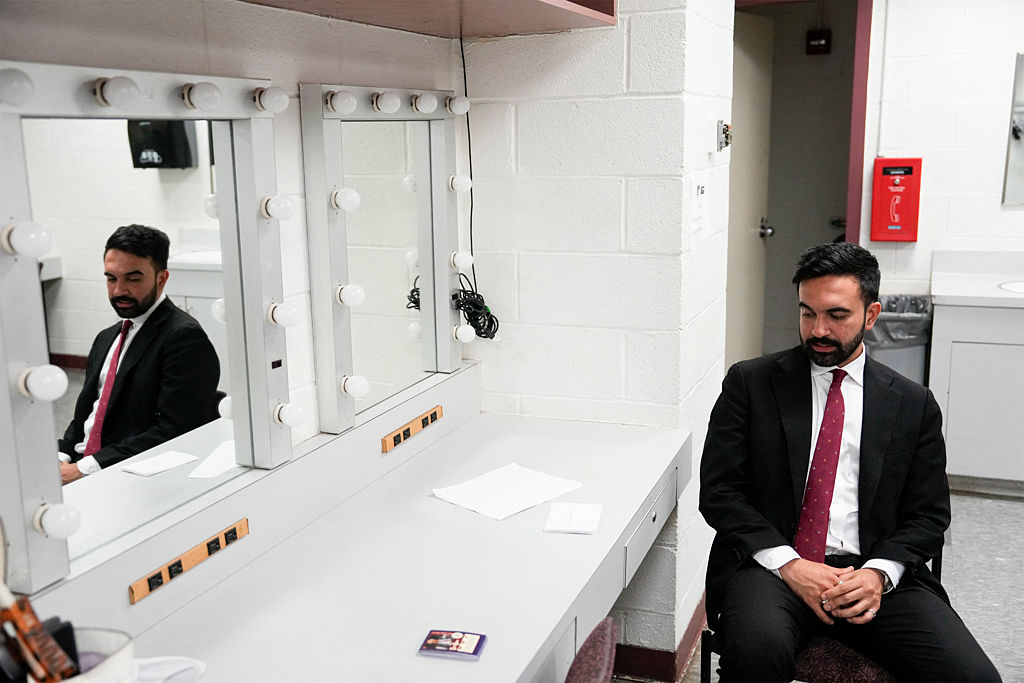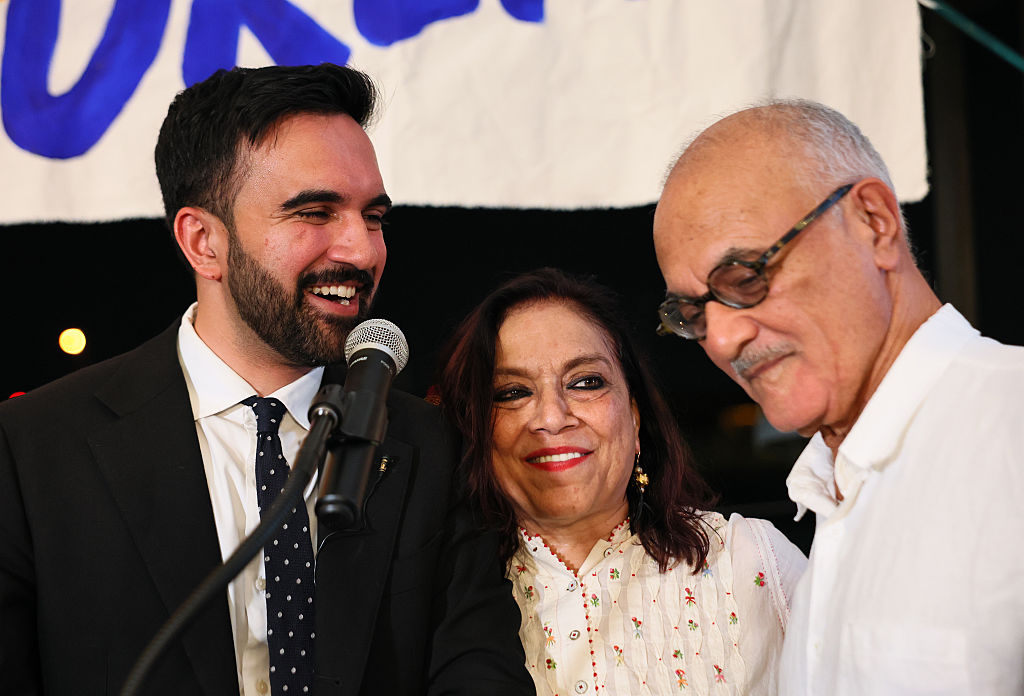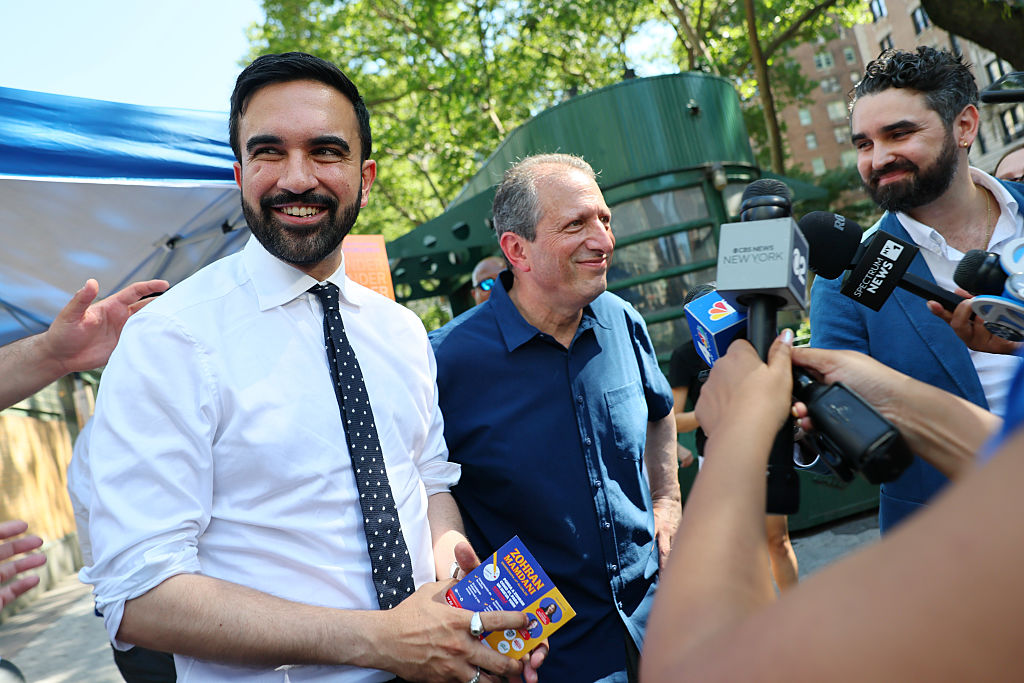I have always liked the phrase “have-a-go hero.” It sums up a certain type of person who can emerge from nowhere and coat their name with honor. One thinks, for instance, of John Smeaton, the baggage handler who was having a cigarette outside Glasgow airport in 2007 when two jihadis tried to blow the place up.
After a couple of explosions, Smeaton, Alex McIlveen and others ran to find out what was up and, finding one of the terrorists on fire, proceeded to kick the guy in the nuts. Indeed, so hard did McIlveen kick the guy that he himself tore a tendon. But Smeaton, McIlveen and others rightly became folk heroes. Smeaton memorably warned off any future terrorists by telling an interviewer “Glasgow doesn’t accept this. This is Glasgow. We’ll set about ye.” There was even a song to laud him. Locals sang it as our forebears sang around the campfires of old.
Most New Yorkers have a story of being accosted on the subway. All are only one bad interaction away from never riding it again
But for every have-a-go hero whose name can be carved with pride, one thinks of other cases where the situation went another way. One that sticks in my mind is Richard Whelan, whose name also came to prominence in 2007. Whelan was on a London bus with his girlfriend when a twenty-two-year-old started harassing passengers. Specifically the hoodlum began throwing chips at people, including Whelan’s girlfriend. Whelan intervened to ask the man to stop and was promptly knifed to death. His killer was convicted and sent to Broadmoor prison in 2007.
I mention these contrasting cases, because both kinds are doubtless on the minds of anyone wondering whether to “have a go.” Since few of us know precisely how we will react in such a situation, many of our actions will be determined by what mentally comes to the fore when we survey a risky situation. Will we have the instinct to pile on in, or the urge to duck and look away?
New Yorkers are asking themselves this question again, thanks to a complicated case which has occurred on the city’s subway. The subway is notoriously sketchy — a strange thing in itself. Some of the most beautiful subway systems in the world exist in the most unfree countries — Russia and North Korea, to name just two. Meanwhile the most dynamic city in the freest country in the world has an utterly dystopian transport system. You can see across multiple tracks. Everything is dark, noisy and threatening. And that is before you even factor in the homeless who use the subway as a shelter, the insane people whom the city authorities refuse to incarcerate or the criminals who use it as a place to mug and steal.
Most New Yorkers have a story of being accosted on the subway. All are only one bad interaction away from never riding it again. Yet the police, on the advice of the left-wing district attorney and others, do next to nothing to protect the residents. As a result, when someone starts screaming in their carriage, most New Yorkers stare at their phones and hope it will go away.
Not the twenty-four-year-old ex-marine Daniel Penny, who was on the subway last week when a homeless schizophrenic man called Jordan Neely started screaming at passengers. What happened next will be litigated in court, but Penny felt the need to subdue Neely, which he did along with other passengers. Unfortunately he subdued Neely too much and the chokehold ended up killing him.
Had this case involved two white people or two black people it would have received little comment. But Neely was black and Penny is white. The fact that one of the other passengers who subdued Neely was also black has escaped the notice of the left-wing members of Congress and others who lost no time in calling the incident a “lynching” or “execution.” Nightly protests have taken place, with crowds of people being whipped up to call for “justice,” otherwise they will “burn it down”: “it” meaning “New York.”
What we do know is that Neely was screaming, among other things, that he wanted to die, and that he tore off his coat and threw it to the floor just before Penny intervened. At Penny’s trial, a jury will have to determine whether he had a legitimate concern that an attack on him and his fellow passengers was imminent. Whether he is convicted of any crime or not, it is likely that the young veteran’s life will be ruined.
Of course, the left are arguing that Neely was killed simply for being black or homeless, and they did their usual trick of attempting to sanctify him by claiming that this gentle man liked nothing more harmful than impersonating Michael Jackson. But video has since emerged of Neely doing his Michael Jackson impersonation for money on New York’s streets while screaming insanely at passers-by, calling them “faggots” and trying to fight them.
More seriously for the “harmless victim of racism” lobby, it turns out that Neely had been arrested forty-two times over the past decade alone and an outstanding warrant for his arrest at the time of his death. Among much else, he had previously tried to abduct a seven-year-old girl and had recently been sentenced for punching an elderly woman in the face and severely injuring her.
Since many crimes have been downgraded to misdemeanors and bail reforms have made police stations into a kind of turnstile, none of this should be surprising. Even less persuasive are calls to address New York’s mental health problems, given that left-wing officials routinely insist that “institutionalizing” severely mentally ill people robs them of agency — as though a schizophrenic homeless drug addict like Neely was enjoying a life of much agency.
The bigger problem is what the public as a whole take from all this. Few enough people in New York intervene already when a crazy turns up in their train car. As they survey what happens to Daniel Penny, I predict that even fewer New Yorkers will “have a go” and fewer still will desire to be heroes.
This article was originally published in The Spectator’s UK magazine. Subscribe to the World edition here.



